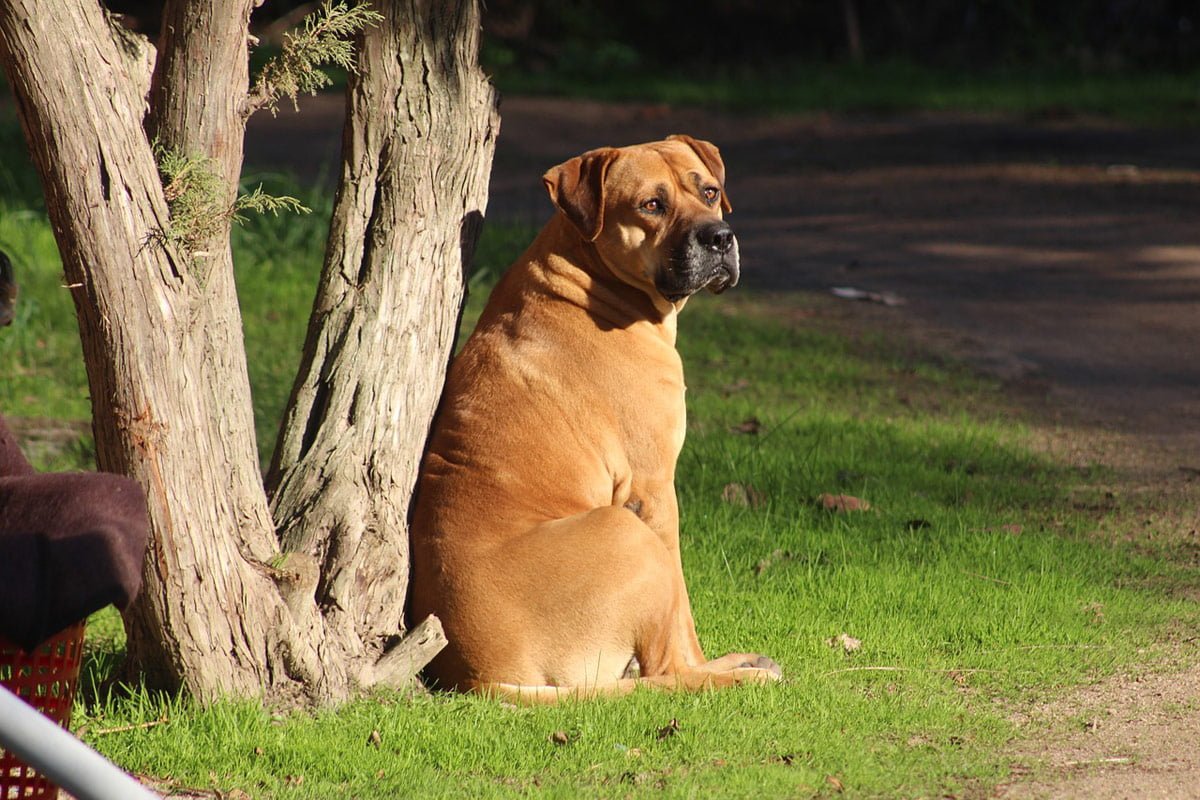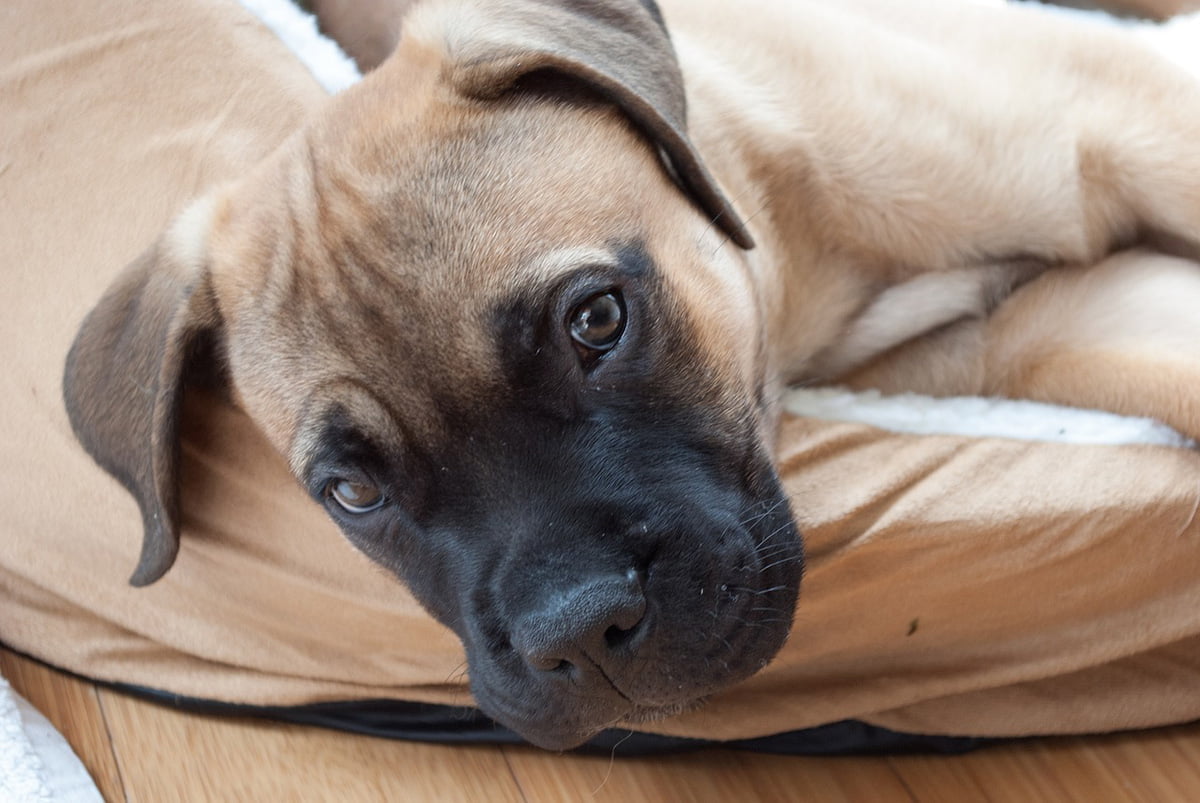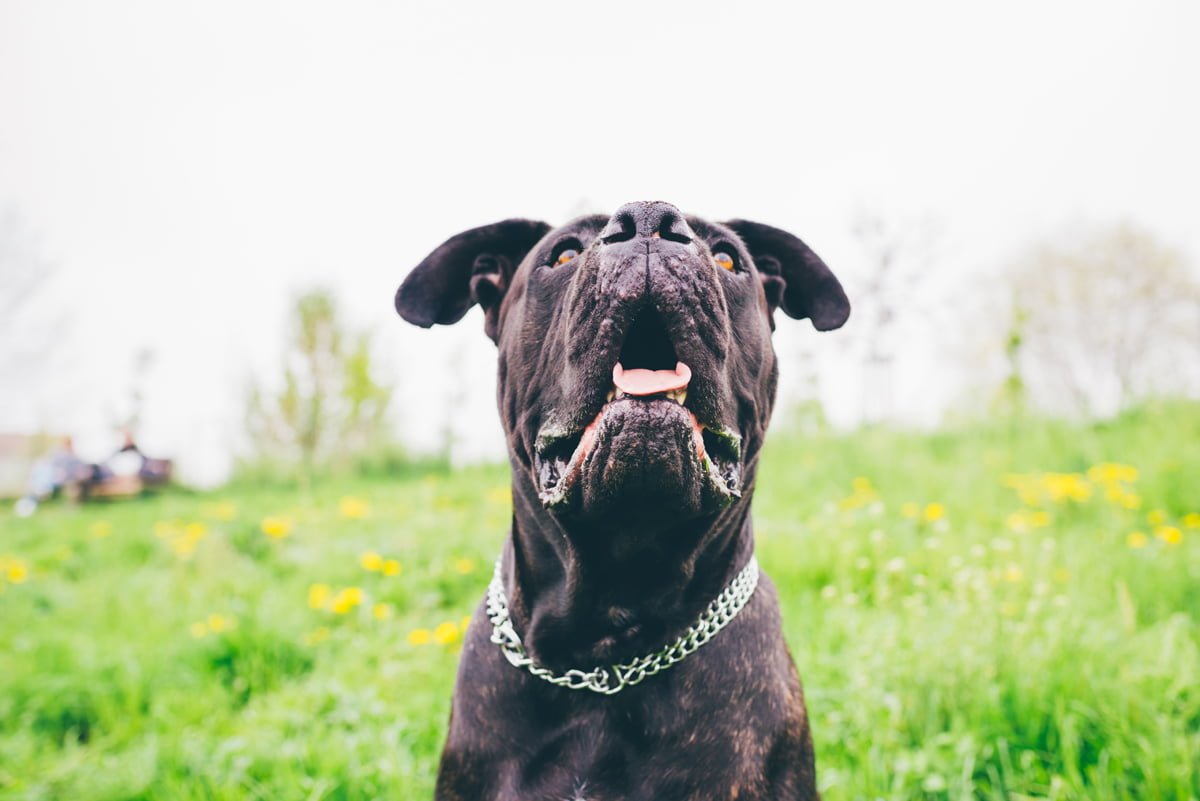
- Home
- Stud Dogs
Some of our most popular Stud Dog Breeds:
- Puppy Litters
- Dog Services
- Dog Breed Profiles
- Blog
- Contact Us
Bullmastiff Breed Profile
- Breed Profiles
- Bull Mastiff
- Sep 21
- Share post

Calm, loyal and affectionate by nature, the Bullmastiff’s top priority is its inclusion in and protection of its human family. Originally bred as guard dogs, Bullmastiffs still have very strong territorial instincts, and may display some protective behaviours when approached by strangers. Intelligent and alert, but not overly energetic, the Bullmastiff is equally at home with town or country living. However, it is likely to become distressed if left alone for long periods of time. Whilst typically quite docile and content to slumber peacefully for hours at a time, the Bullmastiff does often possess a stubborn streak that, combined with its size, makes it a more suitable breed for the experienced owner.
Typical Bullmastiff Facts
Height: 24-27 inches (60-68 cm)
Weight: 100-133 lbs (45-60 kg)
Average Litter Size: 8 puppies
Life Expectancy: 8 to 10 years
Good with Children: Yes
Kennel Club Classification: Working group

Colour of a Bullmastiff
The Bullmastiff may be brindle, red or fawn in colour, often with black markings on the head.
Grooming a Bullmastiff
The Bullmastiff has a short, wiry coat that only requires weekly grooming to minimise shedding. The ears should be checked regularly to ensure that they are clean, and the claws clipped when necessary.
Bullmastiff Common Ailments/Health Issues
Sadly, whilst many Bullmastiffs lead full, healthy lives, there are a number of health conditions that this breed is prone to. These include gastric dilatation volvulus, where the stomach twists in on itself and can prove fatal if not treated immediately, hip and elbow dysplasia, hypothyroidism, certain heart diseases, such as subaortic stenosis, and entropion, an eye condition where one or both eyelids curl inwards, irritating the eye. Bullmastiffs are also susceptible to certain types of cancer, including lymphosarcoma, osteosarcoma, hemangiosarcoma and mast cell tumours. Many of these conditions can be treated by medication and/or surgery, but prospective owners should be mindful of potential veterinary costs and should always enquire about the parental health of a puppy before purchasing.

Temperament of the Bullmastiff
The Bullmastiff has two quite distinct personalities. Generally, it is a gentle and loving breed that enjoys nothing more than languishing luxuriously at the centre of family life. Trigger its protective instincts, on the other hand, and it becomes a fierce and fearless defender. The Bullmastiff has a high intelligence level and is an independent thinker, and with this being the case, it requires firm handling and well-defined boundaries to prevent it from becoming unruly.
Training a Bullmastiff
Whilst the Bullmastiff has a high intelligence level, it can also be strong-willed and tenacious if not handled correctly. As such, a Bullmastiff’s training should begin as early as possible, and be firm and consistent with plenty of positive reinforcement. Given the Bullmastiff’s size and strength, it will require an assertive owner who is able to set and maintain clear boundaries and act as the pack-leader. It is also important to note, however, that the Bullmastiff has quite a sensitive disposition, and any harsh correction during its training is likely to be counterproductive. Early and extensive socialisation is also important for the Bullmastiff in order to familiarise it with a wide variety of people, animals and situations, along with encouraging calm and positive behaviour in all circumstances.
Exercise for a Bullmastiff
The Bullmastiff has a relatively low energy level and generally only requires one or two short walks each day to keep it content. However, as with all breeds, it is important to ensure that this daily exercise is maintained to keep your Bullmastiff fit and healthy. It should be noted that Bullmastiffs are very sensitive to extreme weather conditions and are unable to tolerate heat or cold. As such, it would be safer to avoid exercising your Bullmastiff in very high or low temperatures.

History of the Bullmastiff
The Bullmastiff can trace its origins back to the mid-19th century, and is descended from the cross-breeding of Mastiffs and Bulldogs, comprising approximately 60% of the former and 40% of the latter. The Bullmastiff was originally developed as a guard dog to help gamekeepers to apprehend poachers, and it was formerly dubbed the “Gamekeeper’s Night Dog” for this reason. In the late Victorian era, poaching was a capital offence and proved a real problem for many wealthy landowners, as strangers trespassed on their estates to illegally hunt the game that could be found in their forests and fields. The aim, therefore, was to create a breed that was larger than a Bulldog and speedier and more ferocious than a Mastiff.
Historically, Bullmastiffs were trained to discretely track poachers and hold them without inflicting injury, so that they may face justice for their actions later. During this time, Bullmastiffs were bred for their speed and stealth and, as such, darker coloured coats were favoured, as these provided the dog with camouflage when tracking poachers at night. For this reason, Bullmastiffs were also bred for their silence, and it is rare to find a vocal Bullmastiff even today. Over time, poaching became less prevalent, and the Bullmastiff’s role gradually changed. Over the years, the Bullmastiff has been known to be used for guarding property and livestock and in police and military work.
The Bullmastiff was officially recognised as a distinct breed by the UK Kennel Club in 1924 and by the American Kennel Club in 1933. Thanks to its unfailing loyalty and affectionate nature, the Bullmastiff has more recently found its way into the hearts and homes of dog-lovers around the world. Here, it occupies the position of faithful companion and protector – a role in which it excels and will surely continue to do so for many years to come.

Famous Bullmastiff dogs
Actor Sylvester Stallone adopted his Bullmastiff pup at the age of six weeks. Butkus, as the beloved pet was named, appeared in the film “Rocky”, as Stallone couldn’t afford a trained movie dog. At one point, Stallone had to sell Butkus due to his financial situation, but he bought the Bullmastiff back as soon as he could afford to do so.
Bullmastiff Stud Dog Listings
A dog owner since the early 80s, after convincing his parents to buy a Yorkshire terrier named Sadie, Darren created Dream Dogs so dog owners could find the best dog related information on the Internet.